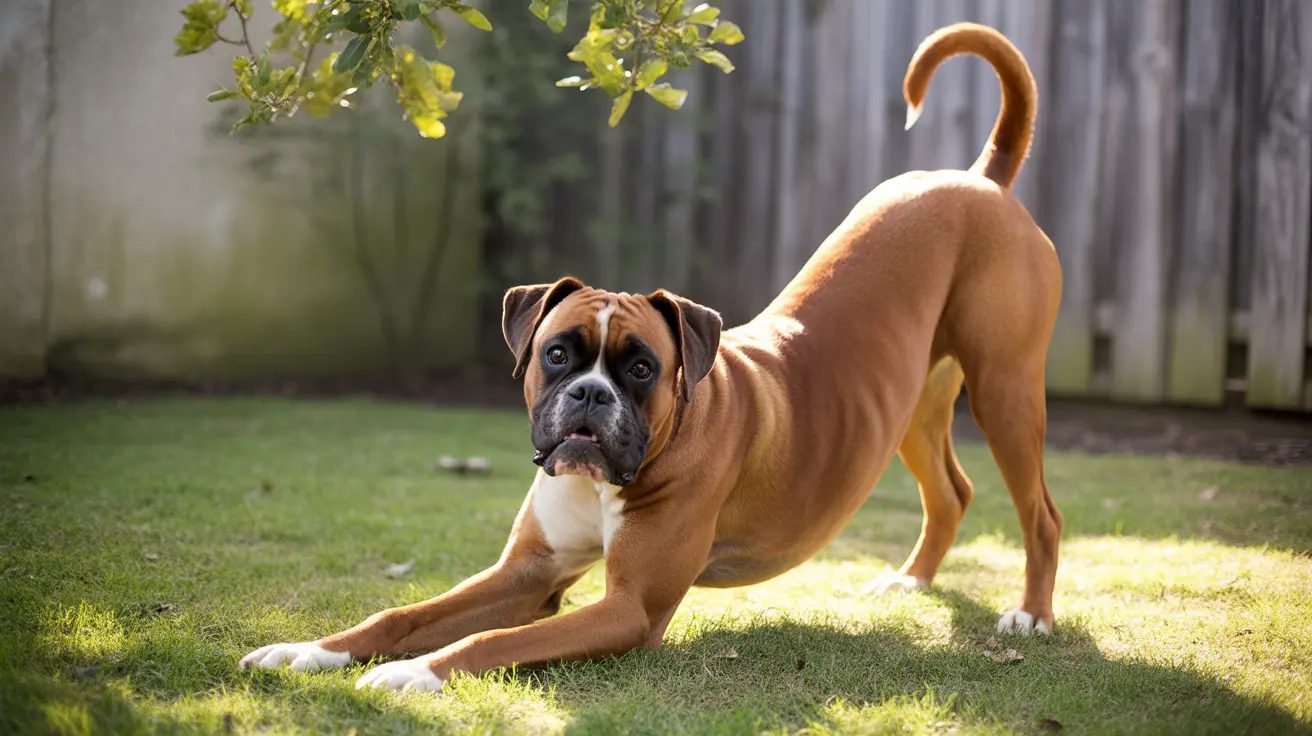How Do Dogs Apologize? Understanding Canine Appeasement Behavior
Dogs don't understand apologies the same way humans do, but they have evolved a sophisticated range of behaviors to indicate submission, appeasement, or emotional reconciliation. These behaviors are often interpreted by humans as acts of apology.
How Dogs Communicate Emotions
Dogs rely on body language, vocalizations, and social behavior to communicate with others, including other dogs and humans. As social animals descended from wolves, they have developed strong communication cues for maintaining social harmony, including signs of submission or appeasement when conflict arises.
Common Behaviors Dogs Use to 'Apologize'
When a dog senses that they've upset a human or another pet, they'll often show a variety of specific actions that can be interpreted as apology-like gestures:
- Lowering the head or body: A lowered posture is a submissive signal, showing that the dog is not a threat.
- Tucking the tail: This indicates humility and submission, a sign the dog wants to avoid confrontation.
- Licking: Dogs often lick human hands or faces to ask for forgiveness or show affection.
- Pawing: A dog may gently put a paw on you to regain attention or make amends.
- Averting eyes or yawning: These are calming signals indicating a desire to reduce tension.
- Sitting or lying down near you: By staying close, a dog may be trying to console you or restore your bond.
Do Dogs Understand Guilt?
While it may seem like a dog "feels guilty" after doing something wrong, research suggests that the classic "guilty look" is more a response to their owner’s body language or tone of voice than true remorse. Dogs are highly attuned to human emotion and react to signs of disappointment or anger.
Some studies using fMRI imaging reveal that dogs activate different neurological responses based on how their caregivers behave. This supports the theory that dogs experience emotions such as anxiety when they sense discord in their social environment — especially with their primary human attachment figure.
How Dogs Form Emotional Bonds
Through thousands of years of domestication, dogs have evolved to closely bond with humans. They recognize us as separate beings — not other dogs — and respond consistently to our emotional cues. Dogs seek our approval, comfort, and affection, making them motivated to repair social relationships when disrupted.
The Secure Base Effect
Research into animal behavior has shown that dogs experience a "secure base effect" with their human caregivers, similar to the bond between children and parents. This bond motivates dogs to seek reassurance, especially after conflict or confusion. Apologetic behavior can be seen as a way to restore that sense of security.
How to React When Your Dog 'Apologizes'
It's important for pet owners to understand how to interpret and respond to these appeasement behaviors:
- Use calm body language: Signal that things are okay again to prevent anxiety in your pet.
- Avoid punishment: Harsh responses can damage your bond and provoke fearful behavior instead of learning.
- Lead with positive reinforcement: Reward appropriate behavior to encourage healthy interactions.
Breed and Individual Differences
Just like people, dogs vary in personality and behavior. Friendly breeds like Golden Retrievers may be more expressive with apology-like behaviors, while more independent breeds might be less demonstrative but just as sincere. Additionally, past experiences, training, and upbringing play a role in how dogs navigate social cues.
Conclusion
Dogs may not say "I'm sorry" in words, but their body language and behaviors speak volumes. They use a blend of instinctive and learned actions to maintain social bonds and demonstrate submission or emotional recovery. Understanding these gestures helps us better communicate and strengthen our relationship with our pets.





